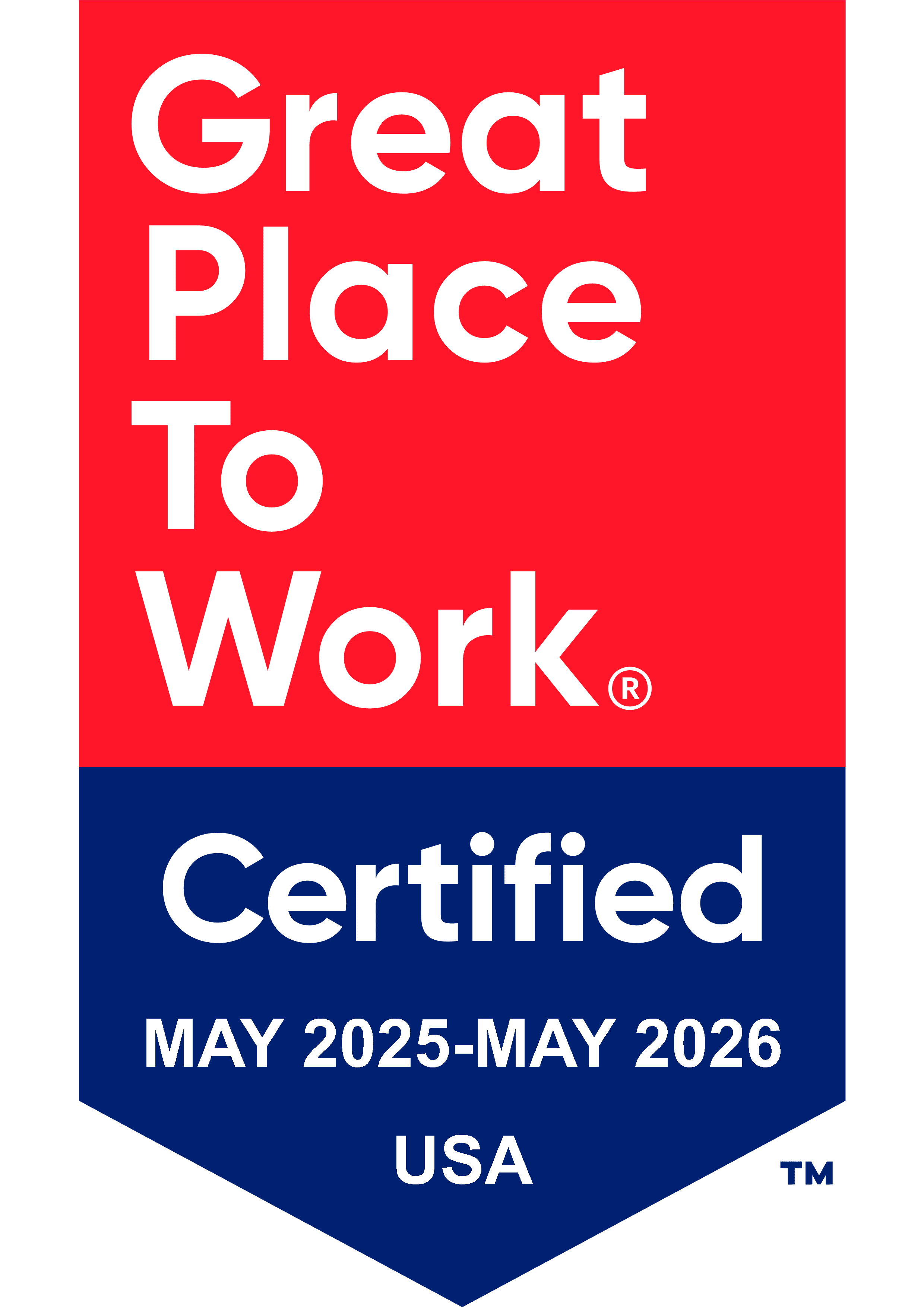Prevention Works
Research over the last two decades has shown that drug addiction is both preventable and treatable. It is vital that prevention be a critical component of national, state, tribal and local drug strategies because addiction is a developmental disorder that can begin in adolescence, sometimes as early as childhood, and can be mitigated by preventing and increasing the age of initiation among youth. Among individuals aged 18 to 30 admitted to treatment facilities, 74 percent began substance use at age 17 or younger.
Substance misuse exacts an enormous financial toll on the United States. Annually, the U.S. spends $740 billion on costs related to crime, lost productivity and health care. However, every $1 invested in effective substance use prevention programs will result in savings of between $2 and $20.
It makes sense to invest in drug prevention and stop use before it starts. Despite this, federal funding for drug prevention has been cut severely in the past decade. Between FY 2009 and FY 2019, substance use prevention funding has been cut by 34.4 percent.
Use of substances other than marijuana are at their lowest levels in 20 years. This is a testament to the effectiveness of evidence-based prevention programs. However, new challenges are emerging. The 2018 Monitoring the Future Survey (MTF) found substantial, statistically significant increases in vaping among 8th, 10th, and 12th graders. Additionally, attitudes toward marijuana continue to change. Fewer students than ever before perceive a great risk from smoking it occasionally. Disapproval of this activity is also declining. As the nation works to meet these challenges and continues to grapple with the opioid epidemic, it is critical that funding for evidence-based substance use prevention remains a priority.
Overview of Coalition-Based Prevention
Overview of the Strategic Prevention Framework
CADCA’s Appropriations Priorities
CADCA supports adequate funding for all federal agencies and programs that promote substance misuse prevention, treatment, recovery support and research. Our appropriations priorities are as follows:
Working to ensure that the Drug-Free Communities (DFC) program remains intact in the Office of National Drug Control Policy (ONDCP) and is funded at the highest possible level. The most recent update of the DFC program, conducted by ICF International, proves that the program is effective. From first report to most recent report for the FY 2016 grant recipients, rates of substance use for all grantees have declined significantly in DFC Communities.
Working to ensure that the Community-Based Coalition Enhancement Grant program in the Comprehensive Addiction and Recovery Act (CARA) is funded at the highest possible level and remains intact in ONDCP. The CARA Enhancement Grant Program provides enhancement grants of $50,000 per year for three years to current and former DFC program grantees.
Working to ensure that the Sober Truth on Preventing Underage Drinking (STOP) Act is funded at the highest possible level. These grants of up to $50,000 for up to four years fund current and past DFC grantees to enhance their underage drinking prevention efforts. STOP Act grantees are data-driven, know their community epidemiology and are capable of implementing the multi-sector interventions required to prevent and reduce alcohol use.
Working to ensure that the Center for Substance Abuse Prevention (CSAP) is funded at the highest possible level. CSAP works with federal, state, public and private organizations to develop comprehensive drug use before it starts. CSAP provides national leadership in the development of policies, programs and services to prevent the onset of substance misuse. It promotes effective substance misuse prevention practices that enable states, communities, and other organizations to utilize and implement evidence-based prevention knowledge and strategies effectively.
Working to ensure that the Substance Abuse Prevention and Treatment (SAPT) Block Grant is funded at the highest possible level. The SAPT Block Grant is the most important source of funding for States’ substance misuse prevention, treatment and recovery systems. Twenty percent of the block grant is set aside for primary prevention services. This set-aside is the largest single source of funding in each State’s prevention infrastructure.
Working to ensure that the State Department’s International Narcotics Control and Law Enforcement Bureau’s (INL) Demand Reduction program is funded at the highest possible level. INL works with grassroots organizations throughout Latin America, Asia, and Africa to create drug-free community coalitions in key drug-producing countries. More than 200 coalitions are active in 20 countries.
Despite the effectiveness of substance misuse prevention programs, funding for them has been cut by 34.4 percent between FY 2009 and FY 2019.

